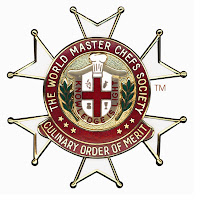| Gas Mark | Fahrenheit | Celsius | Description |
| 1/4 | 225 | 110 | very cool |
| 1/2 | 250 | 130 | - |
| 1 | 275 | 140 | cool |
| 2 | 300 | 150 | - |
| 3 | 325 | 170 | very moderate |
| 4 | 350 | 180 | moderate |
| 5 | 375 | 190 | - |
| 6 | 400 | 200 | moderately hot |
| 7 | 425 | 220 | hot |
| 8 | 450 | 230 | - |
| 9 | 475 | 240 | very hot |
ABOUT ME

- MANFRED MUELLERS
- ::MASTER CHEF ::FOOD CRITIC ::EDUCATOR ::LIFE-LONG STUDENT ::AUTHOR ::READER ::CONSULTANT ::TRAVELLER ::EPICURE ::PERFECTIONIST
OYSTERS SANS TABASCO
I love OYSTERS and I like my oysters 'Au Naturel'. To get that right takes great care, understanding and skill, and of course the presentation is vital.
The ideal is to take a walk along a pristine beach, pick a few oysters off the rocks, shuck and enjoy. So, when I ask for Oysters in a restaurant, I am asking for the vision, smell and taste a of that pristine beach, on a plate.
Crushed ice emulates the white breaking surf; salt - the smell of sea and sand; a twist of lemon - the cleansing sea breeze and a touch of finely ground black pepper (one turn of the grinder) - the hint of warmth from the sun.
Don't throw some oysters on a plate .... transport me!
'To master simplicity, master complexity.'
As for tabasco, I don't get it. I enjoy the condiment on a variety of dishes, but not here. Perhaps for those who like the feel of scorching sand on bare feet ... or a sunburn?
Apparently, artificial oyster beds were being formed in China long before they came to be cultivated by the Romans. That means that we have been enjoying the art of eating oysters for about 1900 years.
For a fascinating, all encompassing history of the Oyster:
image: wikipedia commons







No comments:
Post a Comment